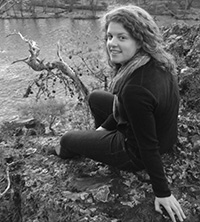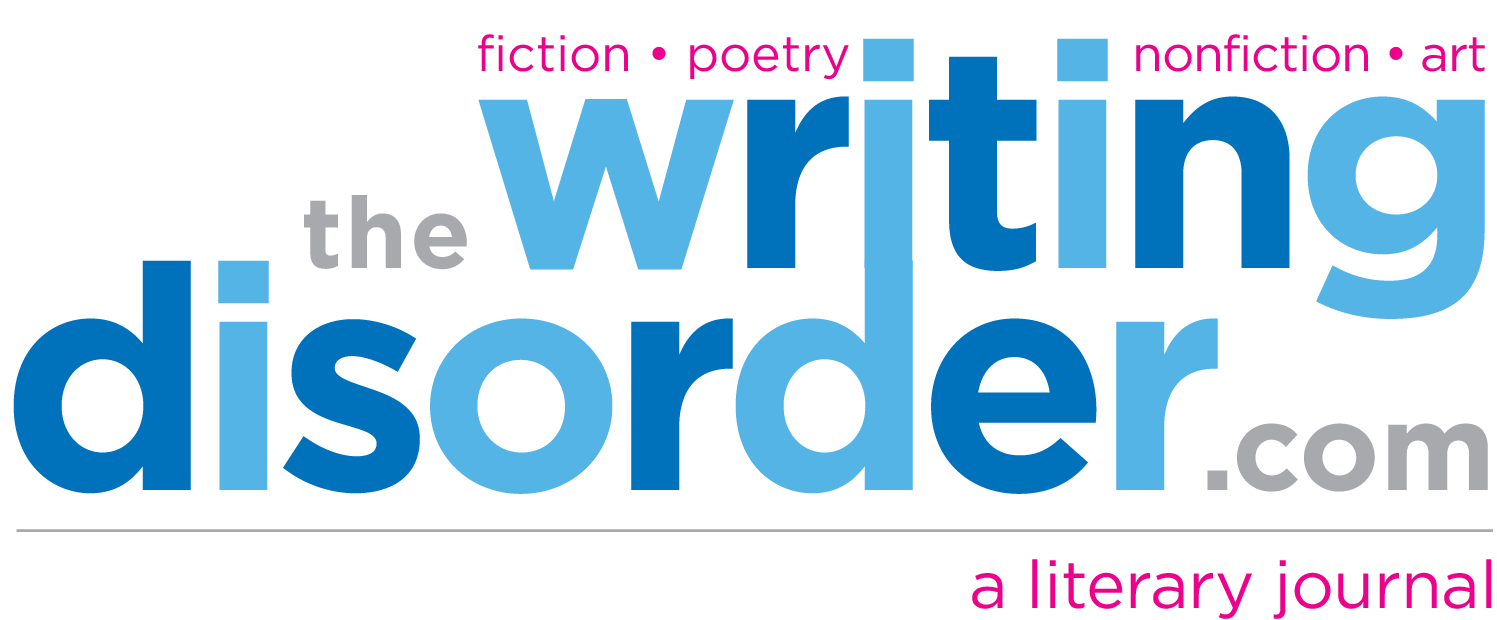The Transition Plan
by Anna Isaacson
So what’s the best way to successfully drive adoption of your technology deployments, specifically SharePoint, in the workplace? At Microsoft, we want you to make the most of your investment. We have designed the new SharePoint by putting people at the center of the experience. –SharePoint Adoption Guide, Microsoft Corporation, August 2013
OK everybody let’s get started.
If you don’t know me already, and I think most of you do, my name is Katie Mervin and I am the project manager for the firmwide SharePoint transition. This end-user employee training is the fifth step in the seven-step SharePoint rollout and adoption plan that we have crafted—we being myself, our CEO Mary Heinz, and our IT Director Jeff Leighton. We have designed this plan by putting people at the center of the experience. Please save your questions for the end.
Have I been to Mary Heinz’s house? Yes, in fact, I have. On Christmas, actually. She lives, as you might expect, in the suburbs with her husband and her two kids. Haven’t you seen the pictures of her kids on her desk? Or maybe you haven’t had the opportunity to enter her office. I’ll tell you. The son’s hair is spiked in front like a boy band singer, and the daughter is smiling with a bit of lower-teeth showing like she learned to smile from the orthodontist. Very blond. Those are suburban kids. Our CEO screamed and squeezed their sticky bloody baby-bodies out of her vagina. Or, are babies even bloody when they come out, or just sort of messy and purple? Regardless, it is not astonishing.
Who can tell me what SharePoint is. SharePoint is a cloud-based intranet document and content management system. SharePoint is closely integrated with the Microsoft Office suite, so the interface should be familiar to you. But SharePoint is more than just a platform. It fundamentally changes the way work gets done. The goals of this firmwide transition to SharePoint, if I may quote Mary Heinz, are to promote teamwork and the sharing of ideas and knowledge. It is a fundamental restructuring of our business based on ESC principles. I’m sorry, Enterprise Social Collaboration.
I did get a little lost driving to Mary Heinz’s house. The streets are all cul-de-sacs and the houses all look the same. I felt like a creepo driving slowly down the street and peering at the numbers on the houses. Half the houses were empty and dark for Christmas, and the other half were rosy-lit, hearths warm. What exactly is a hearth? I remember I had the radio on, and the guy on the radio was astonished by Freshman Senator Ted Cruz’s lack of remorse for his role in the government shutdown. I was not astonished.
Now, Mary Heinz, Jeff Leighton, and I do anticipate an array of concerns, fears, doubts, and uncertainties in association with this transition to SharePoint, but we have a support strategy in place to address these. We will not be astonished by anything you will have to say about SharePoint.
That reminds me. Were you all here for last year’s holiday party? I was talking with Mary Heinz, just chatting a bit with Mary Heinz, and I remember she said something interesting. She said, “My kids are astonished by organizational inefficiency. They say, ‘Mom, how can this be, people repeating work, reinventing the wheel over and over?’” That is how I learned not to be astonished by anything, ever. Reporters are astonished; children are astonished; project managers are not astonished. I was not astonished when Mary Heinz asked me, not Jeff, to be the project manager for the SharePoint transition, even though I am under thirty years old and chubby and single and a girl and possibly a lesbian. I was not astonished when the government shut down. And I was not astonished when Mary Heinz asked me to come to her house on Christmas day to finalize the SharePoint transition plan.
Her house is what you would expect. Both of the neighboring houses had opted for the candle-in-each-window move, while Mary Heinz’s house had a wreath on the door but no other decorations. Mary Heinz is likely too busy to decorate. The second floor was all dormers. That is the word for it, yes, a dormer?
Per Mary Heniz’s instructions, I parked a few houses up and walked along the side of the house to let myself in the back door. She had emphasized that I should shut the door without a sound and then take the back stairs up to the master bedroom. I did accordingly.
Her kids were opening their Christmas presents downstairs. “Thank you!” I heard the daughter say. Her voice was high-pitched, prim, enunciating. “What did you get, Judy?” said the son to the daughter. Then, having been shown, he actually said, “Neato!”
I sat on the tightly-made bed and mentally rehearsed some things to say about SharePoint, about current events, about my made-up boyfriend, about her children—whatever would be required.
Eventually Mary Heinz came in. She was wearing big fluffy slippers, tight black lyrca pants, and a tight black lyrca turtleneck. Her knees and elbows looked extra pointy in the get-up, but it left nothing to the imagination, shall we say. Let’s admit it, she’s not altogether unattractive, our CEO. Who here has fantasized about fucking Mary Heinz?
She paused at the door, nodded once, blinked, and smiled, like, ah yes. The she walked towards me and sat next to me on the bed. The tight springs made us both bounce a little when she sat down. Then she tilted her head, showing me her neck. I was not astonished. I leaned in and kissed her on the collarbone. My cheeks felt chubby like a baby’s up against her wiry neck. She pushed me down on the bed, climbed on top of me, and kissed me on the lips. The inside of our boss’s mouth is slobbery, and her tongue is a muscle. Kissing is associated with an array of concerns, doubts, fears, and uncertainties, but Mary Heinz no doubt had a strategy in place to address these. She pulled back briefly for air. I reached uncertainly for her ass, but she grabbed my hand and put it back down on the bed. In her elegant, cold hand, my fingers felt stumpy and my skin felt rough and dry. Her watch had peeked out of her sleeve as she was moving my hand, and she flicked her wrist to check the time.
“Ah,” she said. “You were a tad late, weren’t you.”
“I got a little lost,” I said.
She reached out and held her palm to my cheek. “You can leave the back door unlocked. Jeff will be here soon.”
Then she climbed off of me and stood up. Unsure if I was supposed to get up, I felt my chin fold into several little chins as I tucked my head to look at her from lying down.
“Where did Mom go?” I heard the son say downstairs.
“One moment, please,” Mary Heinz called in a we’ve-been-through-this voice.
Mary Heinz gave me a little pat-pat on the knee, and then she turned and walked out.
I snuck back downstairs, crept around the side of the house, and pressed the unlock button on the car key. The radio came back on when I started the car. A Texas accent drawled People all over the country, they’re losing their jobs, they’re being forced into part-time work, and they’re losing their health insurance. In my retreat, I didn’t get lost once in the cul-de-sacs, and soon I was out on the main artery.
I slowed to a stop at a blinking red light. I looked left, right, ahead, behind—the roads were utterly empty in all directions. The light beat like a heart. Congress is flailing in the dark, the radio said. Beat, beat. We’re nearing the edge of a cliff, the radio said. Beat, beat. I gripped the wheel white-knuckle tight until I could feel my own pulse in my fingers. Aimless, the radio said. Self-destructive. With each beat of blood into my fingers, somewhere in the back of my mind I found that I was silently chanting, What—the—fuck—what—the—fuck— It was as though I had been chanting this for who knows how long—my whole life, even—and had only just noticed it.
Then, coming to a stop from the other direction, I saw Jeff Leighton. He had one hand on the wheel, the other hand around a Starbucks cup, and a cell phone in the crook of his neck. He waved by splaying his fingers off the steering wheel at me, and he sort of rolled his eyes in commiseration, as if to say, On Christmas day? I lifted my palm and shook it at him, and I felt the flesh of my underarm jiggle—a goofy, childish wave. But the chanting seemed to have subsided, or at least shushed for the time being. I thought of the significant potential for enterprise efficiency. I thought of our plan to handle concerns, doubts, fears, and uncertainties. I thought of the spiced eggnog recipe I had found online. Yes, it did, it came out really well. I can send you the recipe.
So as you can see, we’ve put people at the center of the experience. And I think you’ll find that with ESC, we’re looking at a tremendous opportunity to gain that competitive edge. SharePoint will increase efficiency by reducing employee redundancy, streamlining basic tasks, and improving collaborative techniques. You will discover, share, and organize information and ideas predictably within this system.
 BIO
BIO
Anna Isaacson has a publication forthcoming in the The Saint Ann’s Review, and she attended the Summer 2014 Bread Loaf Writers’ Conference. Anna currently lives in Boston.


















